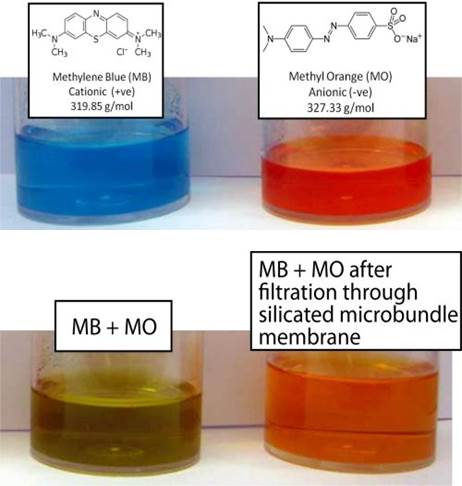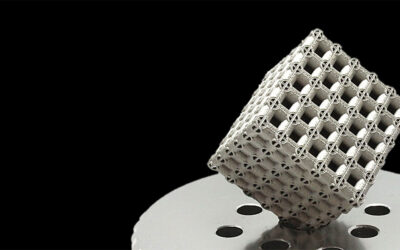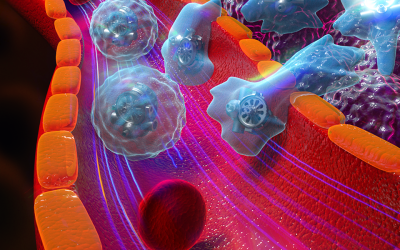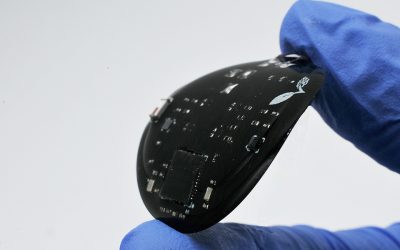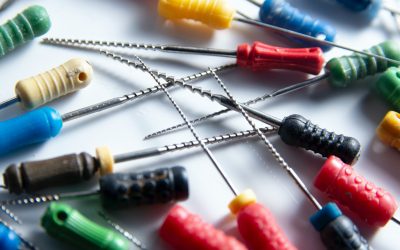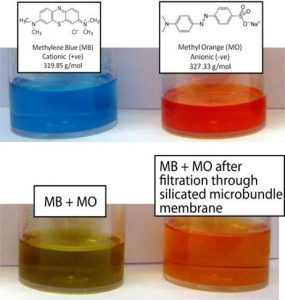 Membranes for filtration and scaffolding purposes are of huge technical and economic importance. As a simple example, removal of pathogens from air and water is a key process for human health, with applications ranging from on-site water purification in third world countries to facilities used in advanced medical research. The main liquid filtration methods are: reverse osmosis, evaporation/condensation and mechanical entrapment. The first two of these can remove virtually all species, but they are slow, cumbersome, energy-intensive and expensive. Furthermore, neither is applicable to gases. Mechanical removal by passage through a porous medium is therefore highly attractive in principle.
Membranes for filtration and scaffolding purposes are of huge technical and economic importance. As a simple example, removal of pathogens from air and water is a key process for human health, with applications ranging from on-site water purification in third world countries to facilities used in advanced medical research. The main liquid filtration methods are: reverse osmosis, evaporation/condensation and mechanical entrapment. The first two of these can remove virtually all species, but they are slow, cumbersome, energy-intensive and expensive. Furthermore, neither is applicable to gases. Mechanical removal by passage through a porous medium is therefore highly attractive in principle.
However, most pathogens (viruses and bacteria) range in size from 10 nm to 10 µm and the lower part of this range, often termed ultra-filtration, requires very fine pores, often leading to low permeability (and hence slow throughput) and/or a danger of clogging. Optimisation of pore architecture, preferably giving benefits for mechanical properties, as well as filtration performance, is thus a key objective.
This work by T. W. Clyne et al. relates to membranes produced from ultrafine (10-20 nm diameter) alumina fibres, produced commercially at kg h‑1 rates by growth from an aluminium melt. The raw product is a “carpet” of highly aligned, very high aspect ratio fibres, all of which are single crystals. These were dispersed and fragmented in water, followed by the creation of membranes by sedimentation. They were produced in the Gordon Laboratory in Cambridge, where there is interest in the development of various forms of fibre network material.
Two types have been produced – one composed entirely of fibre micro-bundles and the other being a layered (“duplex”) structure containing both well-dispersed fibres and micro-bundles. These were also employed as scaffolds for incorporation of nano-porous silica, using a sol-gel method, to produce “hybrid” forms. It’s shown that such “multi-scale” structures can offer attractive combinations of ultra-filtration capabilities and relatively high permeability. As an example of the potential for controlled fine scale filtration, two ionic dyes of similar molecular size (~2 nm diameter), but opposite charge, have been separated from joint solution using a hybrid membrane. This capability is attributed to surface electrical effects within nano-pores in the silica.

